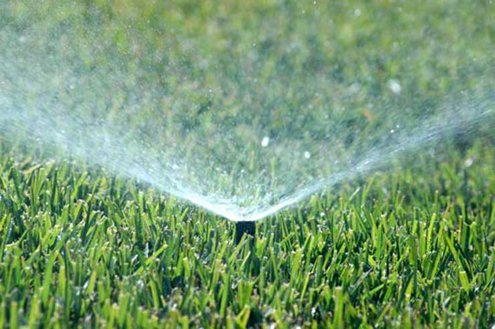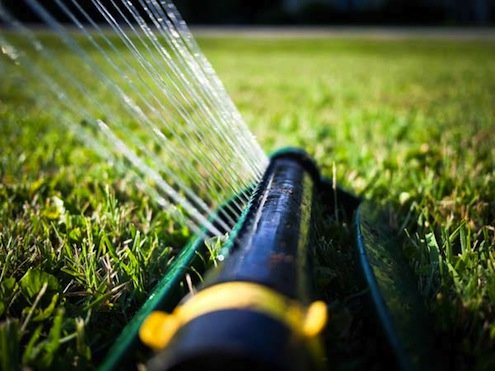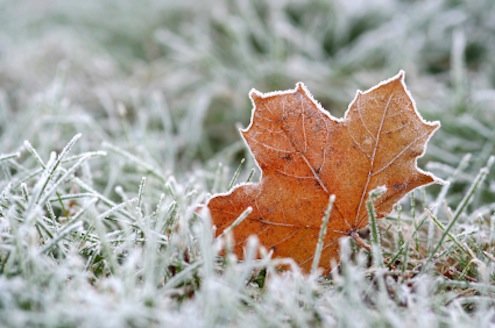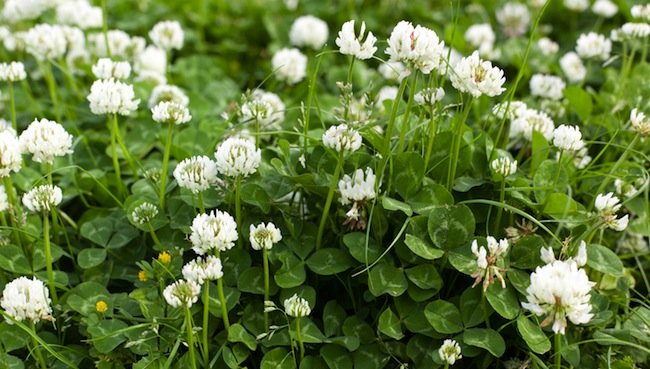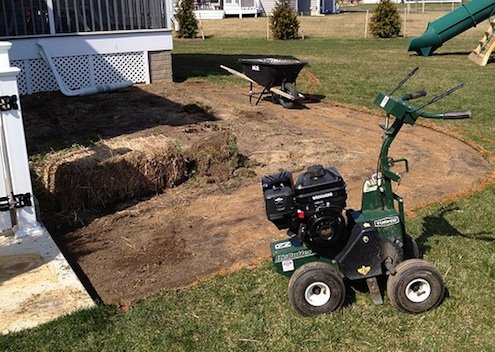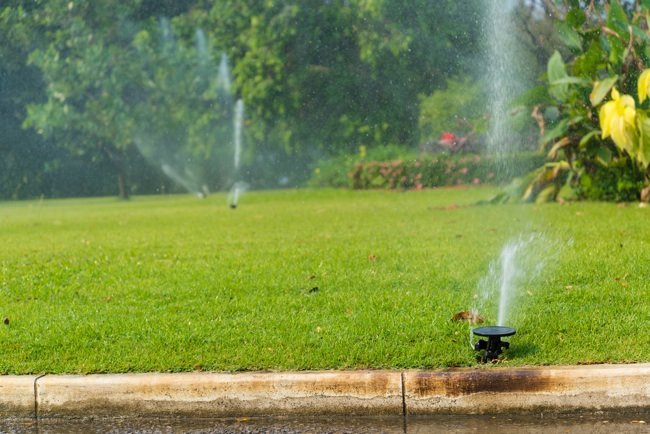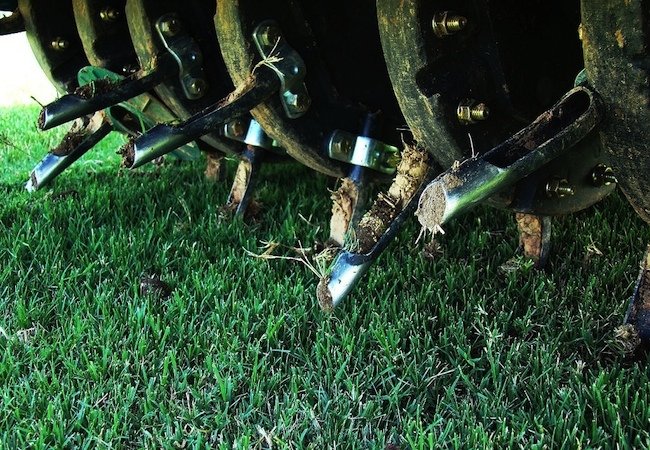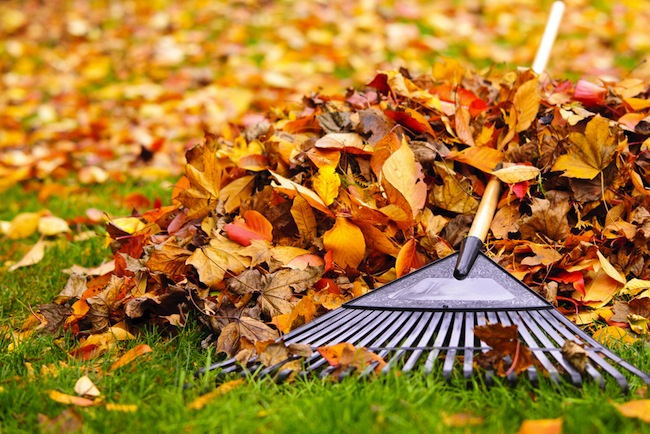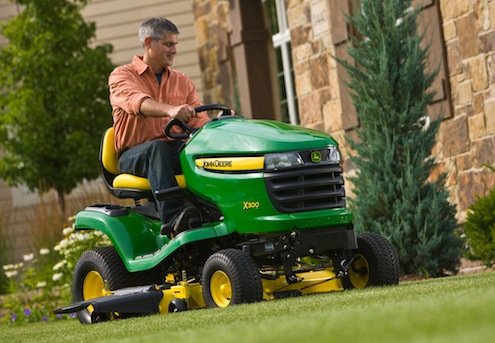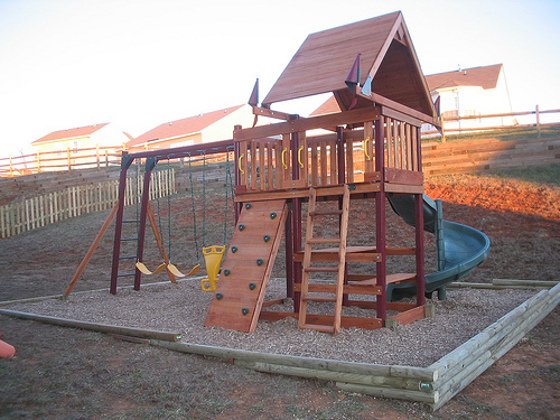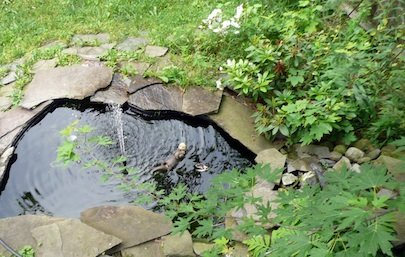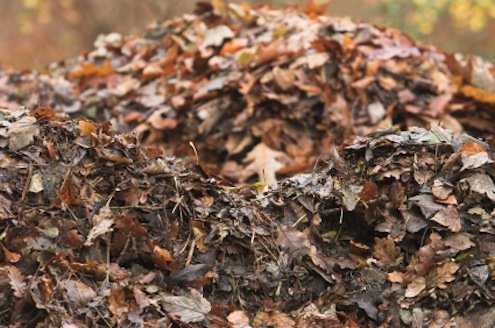We may earn revenue from the products available on this page and participate in affiliate programs. Learn More ›
Now that spring has arrived, it’s time to think about lawn maintenance again. Go ahead and tune up your mower and start focusing on what is required to care for your grass—that includes watering.
Most lawns require about one inch of water per week. How long should you leave the sprinkler running? There’s an easy way to find out. Simply set out a small container and water until it’s holding one inch. If it takes 60 minutes, then that’s how long you need to water your lawn each week.
Indeed, best practices in watering the lawn can help keep your grass healthy. Here are some top tips:
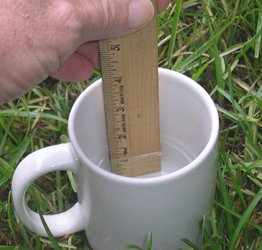
Water Early.
Water your lawn in the early morning. The air is cooler and the winds are calmer, so there will be less evaporation. Grass will also have a chance to dry out before the sun really starts beating down.
Water Evenly.
Make sure you’re getting coverage over your entire lawn. Test your sprinkler setup by placing small containers in several places around your property. After a session of watering, compare levels in the containers, making adjustments if necessary.
Water Slowly.
Only water as much as your lawn can efficiently absorb. If you water too much too quickly, excess water will run off your lawn—a waste of water resources and your money, not to mention a potential environmental hazard.
Have an irrigation system? Try this: Cut in half the amount of time you water each zone, but run your watering program twice. In other words, instead of watering each zone for 30 minutes, water each zone for 15 minutes, then cycle through all the zones again for another 15 minutes. That will give the ground time to absorb the initial watering before it receives another good drink.
Water Infrequently.
It’s better to give your grass a good soak every three days than to water a little bit every day. Watering less frequently encourages roots to grow downward (in search of water), which in turn makes your lawn more stable overall.
Your lawn will tell you when it needs watering, provided you know the signs. As you walk over the grass, your footsteps should readily disappear; if they don’t, you need to water. A bluish-green color is another indicator of dehydration. So are curling glass blades. You might also try the screwdriver test: Pushing a screwdriver into the ground will be difficult if the soil is very dry.
With some diligent observation and attention to best practices, you can keep your lawn happy, healthy, and green all season.

